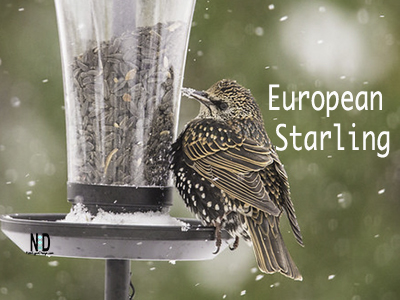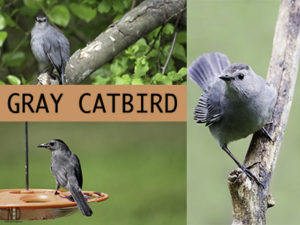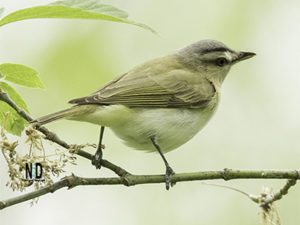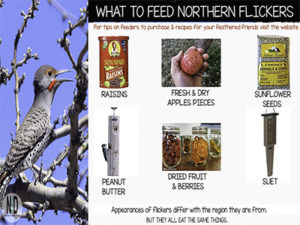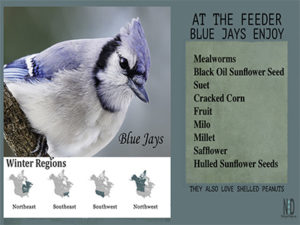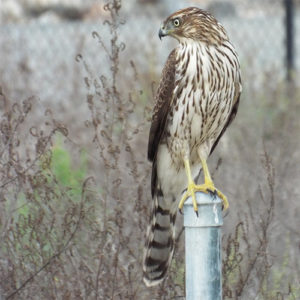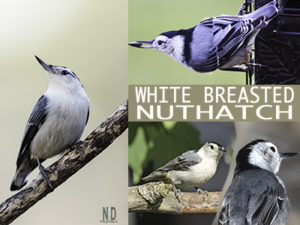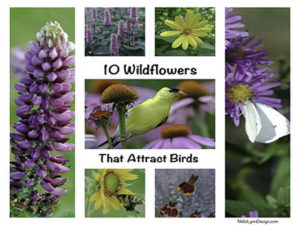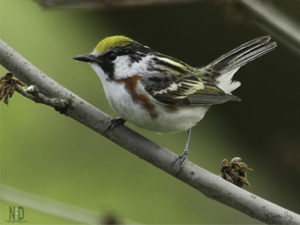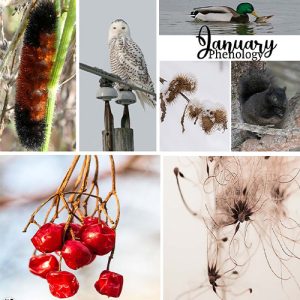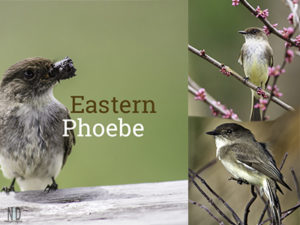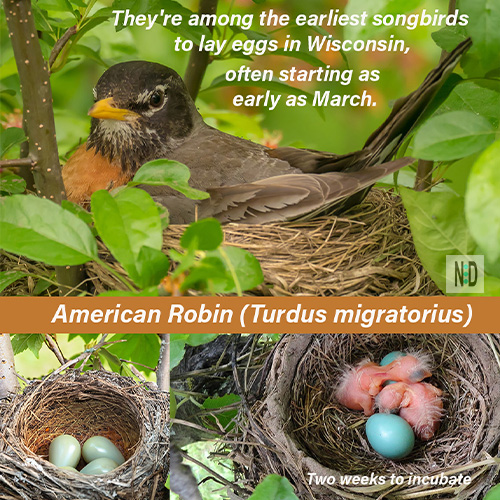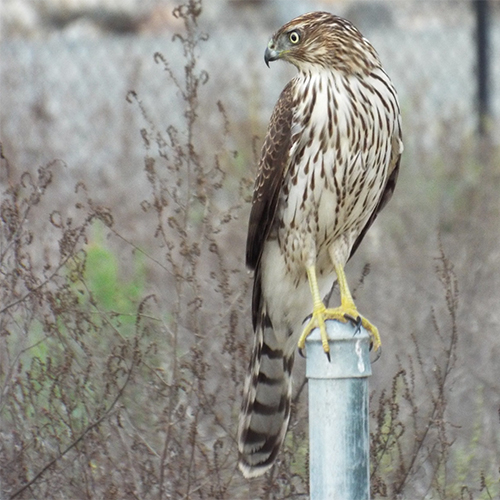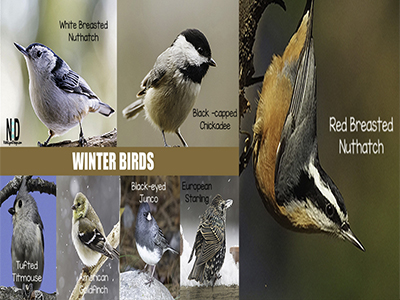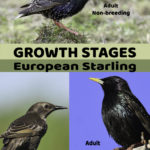European starlings (starlings for short) are about the size of a blackbird with glossy black plumage that has a metallic look to them. During the winter months, the birds sport white flecking to them
General Information
Male and females look alike, See picture below for non-breeding and juvenile European starlings.
| Name:: | European Starling |
| Scientific Name:: | Sturnus vulgaris |
| High Classification: | Sturnidae |
| Size: | Up to 9 inches |
| Habitat: | Urban or suburban areas, farmland, golf courses, woodland areas |
| Diet: | Insects, nuts, grain, fruits, nectar, suet |
Problems With European Starlings?
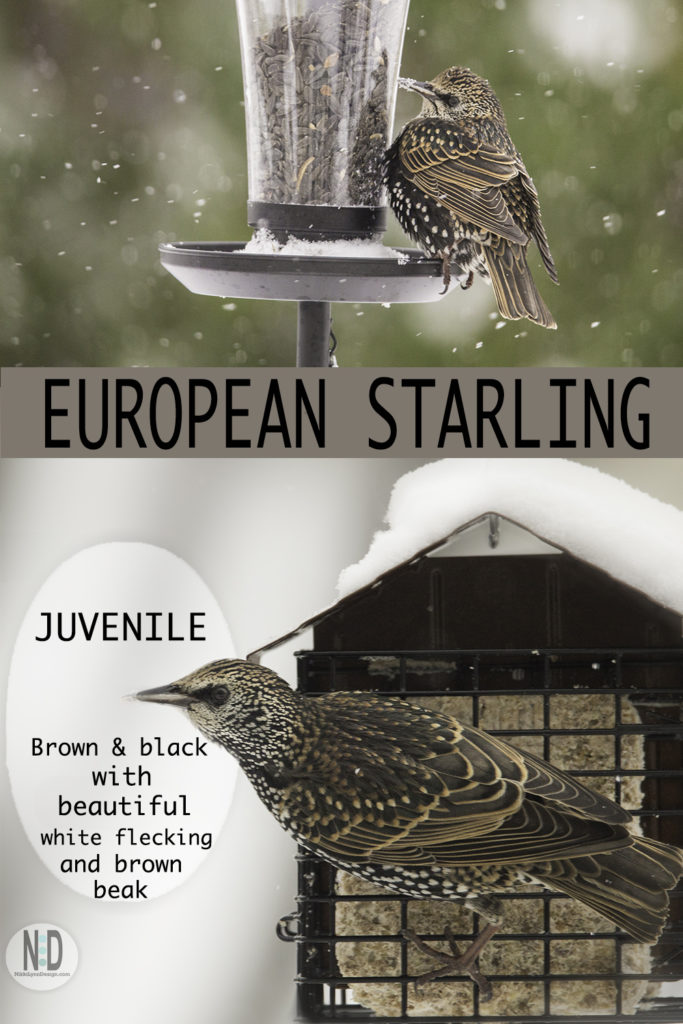
I know starlings are a bird that can be a nuisance at the feeder at times. Luckily, they only come a handful of times in my area.
When the flocks of starlings come the best thing you can do is take down most of the seed feeders and only keep nyjer seed and suet up. The starlings eat both but find it a little more difficult to feed on
.If you have starling issues at your feeder and can’t take them down, they have the most difficulty with cracking the black oil and striped sunflower seeds.
Slow Down Starling Consumption
Purchase Feeders With Cages

Purchase birdseed and suet feeders with a wire guard or mesh around them. The surrounding guard makes it more difficult for larger birds like European starlings, grackles, and blackbirds to reach the food sources, Small birds can fly in and out of the mesh obtaining food.
Use plain suet without added nuts, berries, seed or insects. Woodpeckers and a variety of additional birds will still enjoy the suet, but it will discourage the large birds from quickly eating suet at the feeder.
Offer Unsalted Whole Peanuts

Peanuts in a shell are a high-protein, high-fat food. Starling do not bother whole peanut feeders because the shell is too difficult for them to crack. Other nut loving birds like blue jays, titmouse, chickadee, nuthatches and woodpeckers will enjoy the feast.
Offer Safflower Seed

Safflower seed is a source of protein, fat, fiber and moisture for the birds. European starlings have difficulty cracking the hard outer shell of safflower seed and blackbirds and grackles generally do not like the taste of the seed. Offer a feeder with only safflower seed and you will attract cardinals, finches, titmice, chickadees, woodpeckers, blue jays, and doves.
Breeding
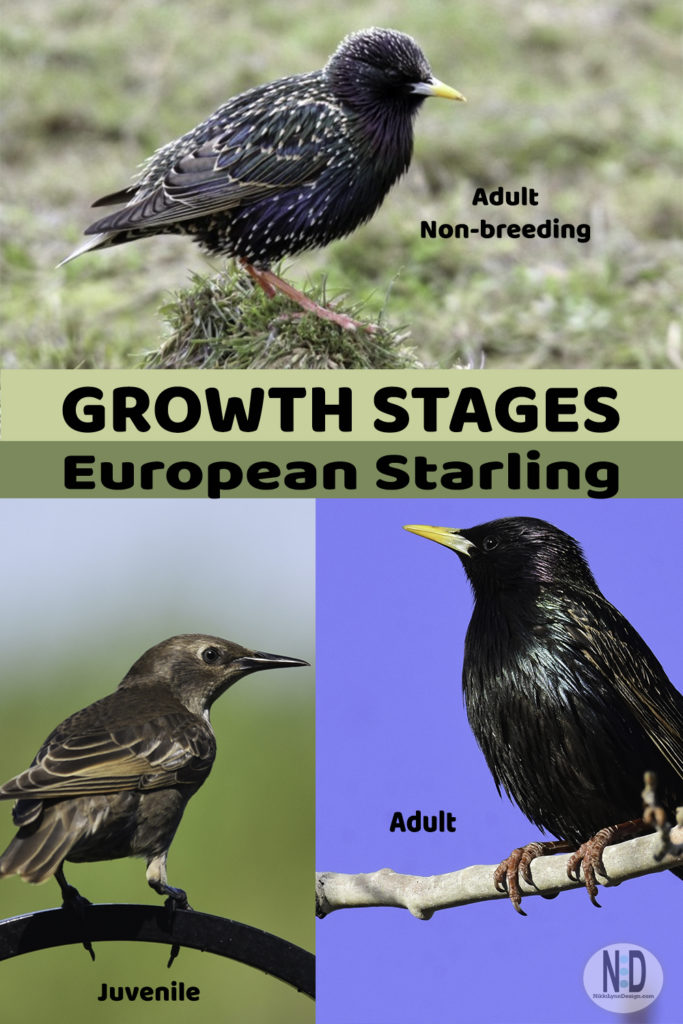
In mid-April, the males pick the location of the nesting site and start building the nest. The male will adorn the location with herbs or other green materials and sing songs to try and attract the female.
Females will select the male based on the gifts the males have adorned the nesting sites with,
The birds will finish completing the nest together.
Females will lay 4-5 glossy blue eggs and sit on the nest for about 13 days, until the eggs hatch.
Both parents feed the young a diet of insects, spiders and earthworms.
Young stay in the nest for 3 weeks and adults continue to feed them for 1-2 weeks after leaving the nest.
Nesting Info
| Habitat: | inside hollowed trees, buildings, tree stumps |
| Nest Shape | Cup-shaped made from plant materials |
| Eggs: | 4-5 glossy blue eggs |
| Incubation: | 13 days |
| Fledging: | 3 weeks after hatching |
Additional Posts
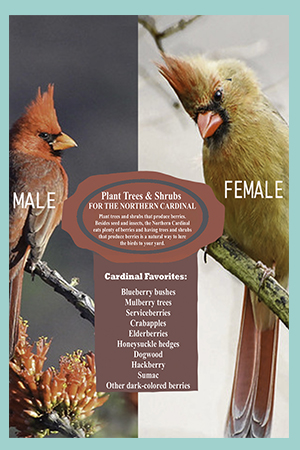
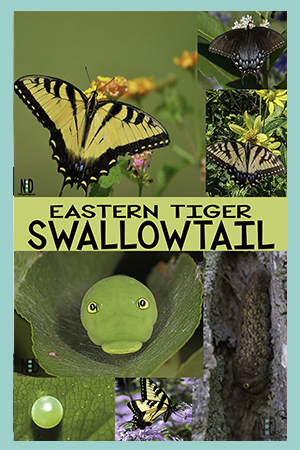
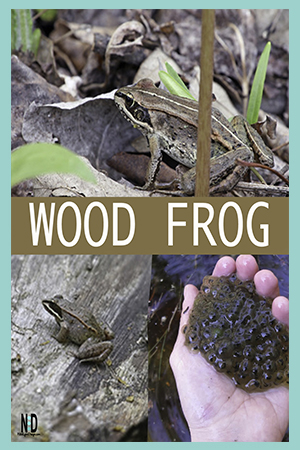
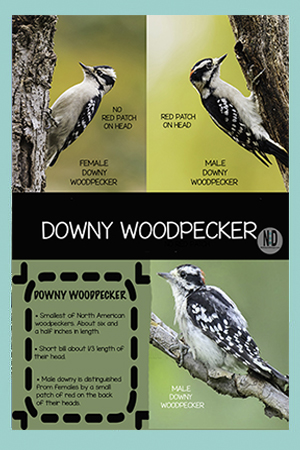
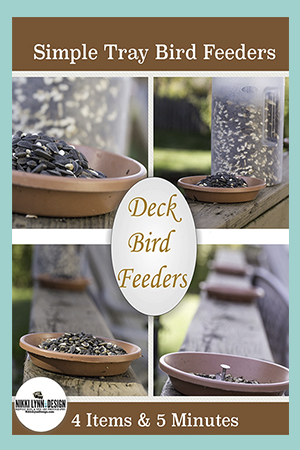
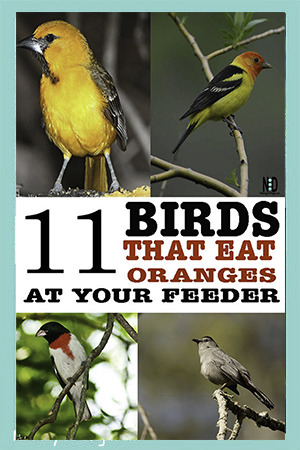
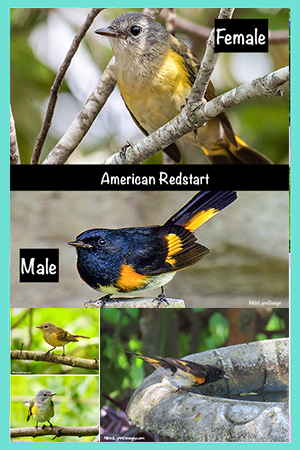
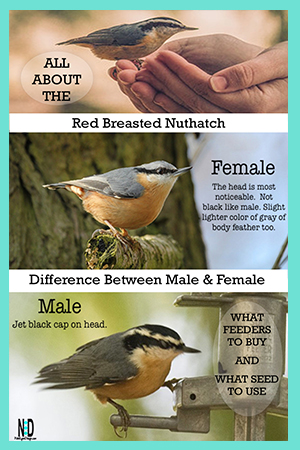
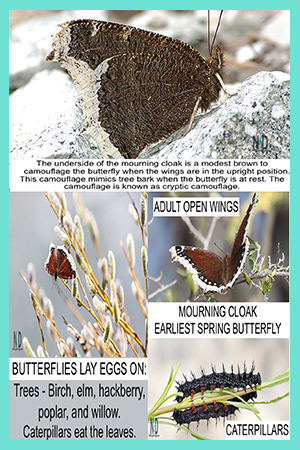
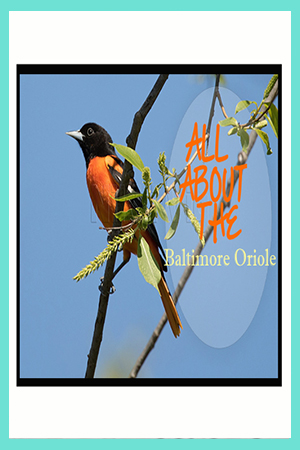
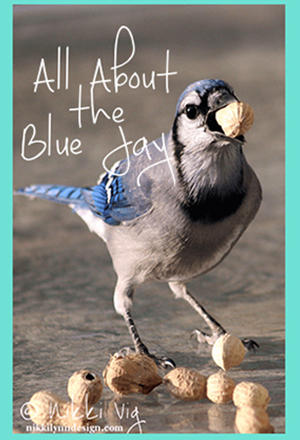
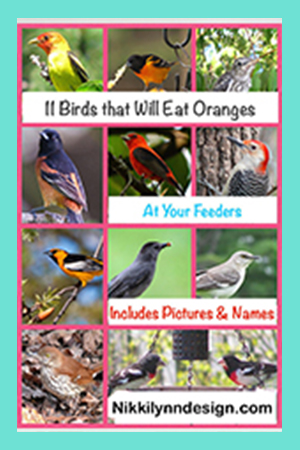
AFFILIATE POLICY: Posts on this site may contain links to outside vendors that pay me a commission when you purchase from them, at no additional cost to you. Thank you for supporting this site!
